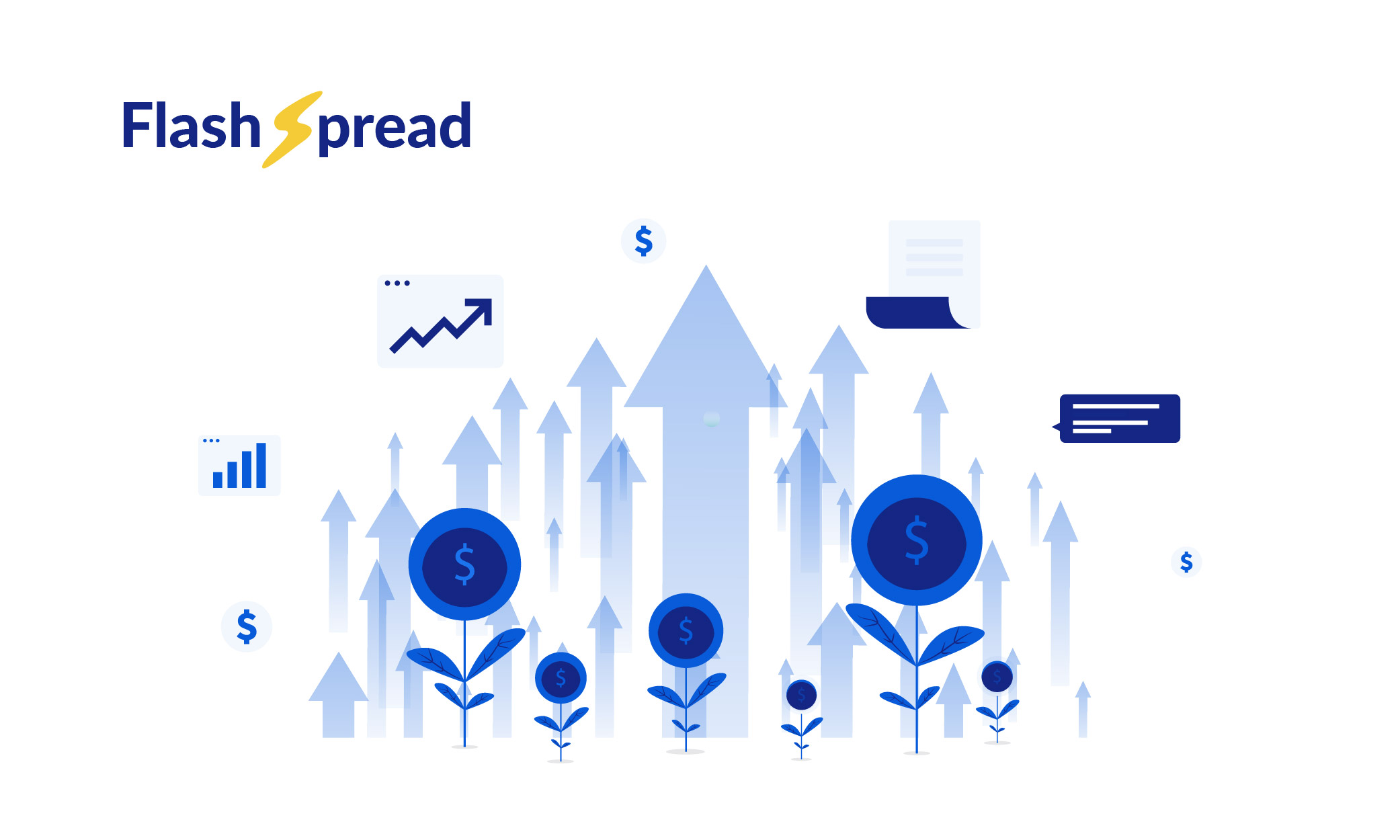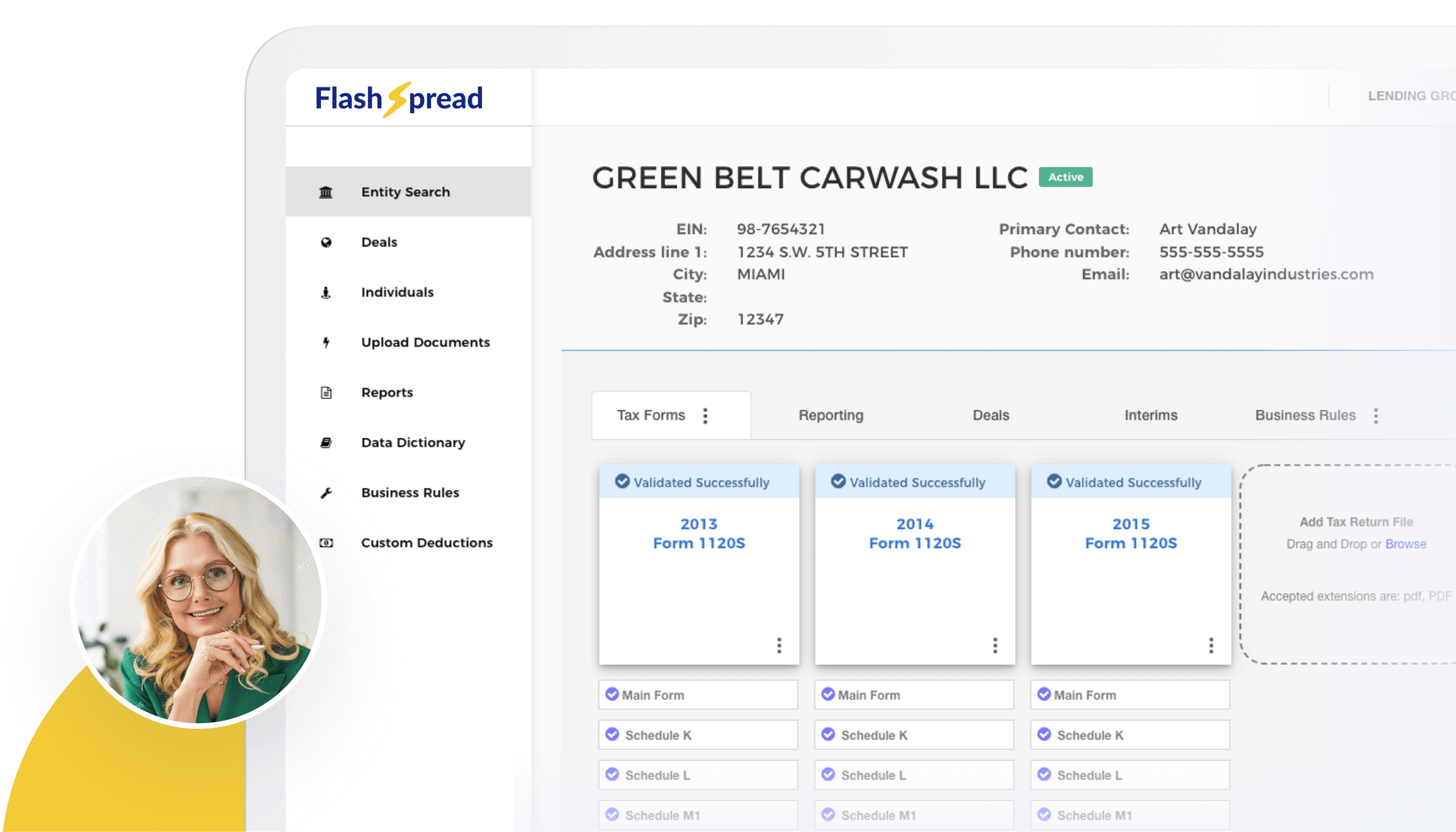The significance of precise and efficient risk assessment in finance must be balanced. With financial spreading being a critical component of this process, its traditional manual approach has often been a bottleneck, characterized by time-consuming and error-prone practices. However, the landscape is shifting rapidly, thanks to the advent of automated financial spreading tools.
According to a report by Grand View Research, the global financial analytics market size, which includes automated financial spreading tools, is expected to grow at a compound annual growth rate (CAGR) of 10.1% from 2020 to 2027. This statistic underscores the increasing reliance on technology-driven solutions in the financial sector.
This article explore how these innovative tools revolutionize risk assessment by enhancing accuracy, speeding up processes, and offering deeper analytical insights.
Table of Contents
The Evolution of Financial Spreading
Financial spreading has long been a cornerstone of economic analysis, providing insights into a company’s profitability, liquidity, and overall financial stability. Traditionally, this involved manually inputting data from financial statements into spreadsheets, followed by extensive analysis.
This labor-intensive process consumed valuable time and left room for inaccuracies due to human error.
The introduction of automated financial spreading marked a significant evolution in this field. These tools use advanced algorithms and machine learning techniques to process financial data rapidly and accurately, reducing the time and effort required for economic analysis.
Understanding Automated Financial Spreading
Automated financial spreading uses software tools to automatically input, analyze, and interpret financial statement data. These tools are designed to streamline the financial spreading process by minimizing manual data entry, reducing errors, and increasing the speed of analysis.
Key Features and Benefits
- Accuracy and consistency: Automated tools are less prone to errors that can occur with manual data entry. They ensure consistency in how financial data is interpreted and reported.
- Efficiency and time-saving: These tools significantly reduce the time required for financial spreading by automating the data entry and initial analysis phases. This allows financial analysts to focus on more complex risk assessment and decision-making aspects.
- Scalability: Automated tools can handle large volumes of data effortlessly, making them ideal for organizations dealing with multiple clients or large datasets.
- Advanced analytics: Many automated financial spreading tools have advanced analytics capabilities, offering more profound insights into economic trends and patterns.
- Integration with other systems: These tools often seamlessly integrate with other financial systems and software, facilitating a more unified and streamlined workflow.
The Impact on Risk Assessment
Integrating automated financial spreading tools in risk assessment has transformed how financial institutions approach credit analysis. Analysts can make more informed decisions regarding creditworthiness and potential risks with more reliable data.
Subscribe to BeSmartee 's Digital Mortgage Blog to receive:
- Mortgage Industry Insights
- Security & Compliance Updates
- Q&A's Featuring Mortgage & Technology Experts
Enhanced Decision-making
Automated tools provide a more comprehensive and nuanced view of a company’s financial health. This depth of analysis supports better-informed lending decisions, helping institutions mitigate risk more effectively.
Real-time Analysis
Another significant advantage is the ability to process and analyze data in real-time. This ensures financial institutions respond swiftly to changing financial situations, an essential factor in today’s dynamic economic environment.
Automated Financial Spreading in Different Sectors
While banks and financial institutions are the primary users of automated financial spreading tools, their benefits extend across various sectors.
- Banking Sector: For loan underwriting and credit risk analysis.
- Investment Firms: To assess the financial health of potential investment opportunities.
- Corporate Finance: For internal financial analysis and strategic planning.
- Accounting and Consulting Firms: To provide more efficient and accurate client services.
Challenges and Considerations
While the advantages of automated financial spreading are clear, there are challenges and considerations that organizations must address:
- Data Security: Handling sensitive financial data requires robust security measures to prevent data breaches.
- Regulatory Compliance: Ensuring that automated tools comply with financial regulations and standards is crucial.
- Integration with Existing Systems: Seamless integration with existing economic systems can be complex.
- Training and Adaptation: Employees must be trained to use these tools effectively and adapt to the new procedures.
The Future of Automated Financial Spreading
The future of automated financial spreading looks promising. With continuous AI and machine learning advancements, these tools will become even more sophisticated, providing deeper insights and further streamlining the risk assessment process.
Roundup
Automated financial spreading tools represent a significant leap forward in financial analysis and risk assessment. Enhancing accuracy, efficiency, and decision-making plays a crucial role in the financial sector’s evolution.
Are you interested in harnessing the power of automated financial spreading for your organization? Discover how FlashSpread can transform your financial analysis and risk assessment processes. Contact us to learn more and take the first step toward streamlined and efficient financial analysis.




